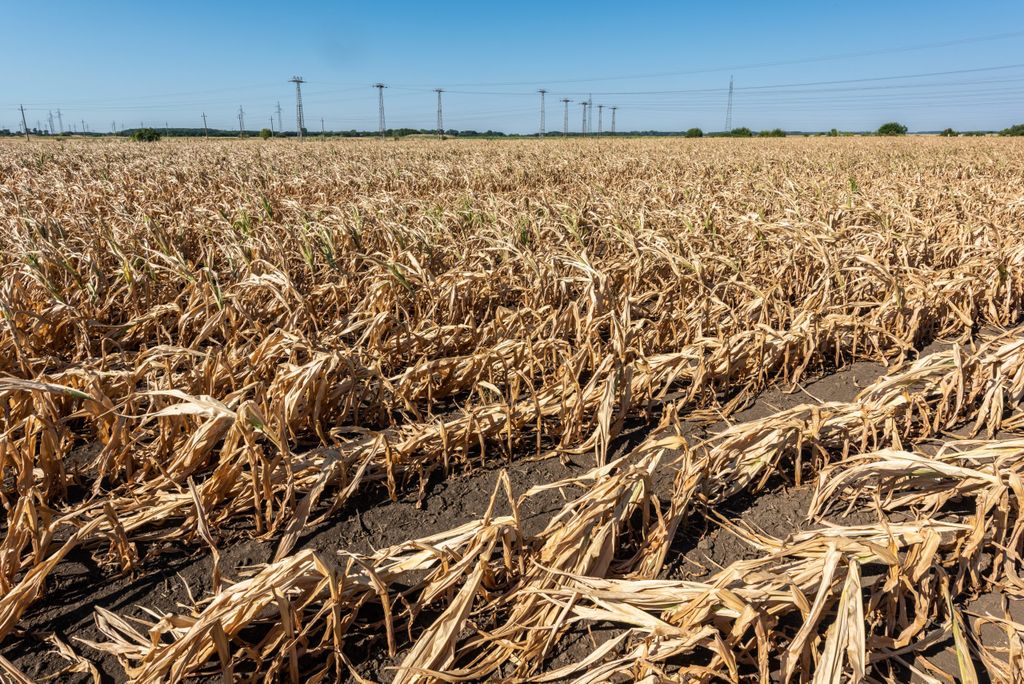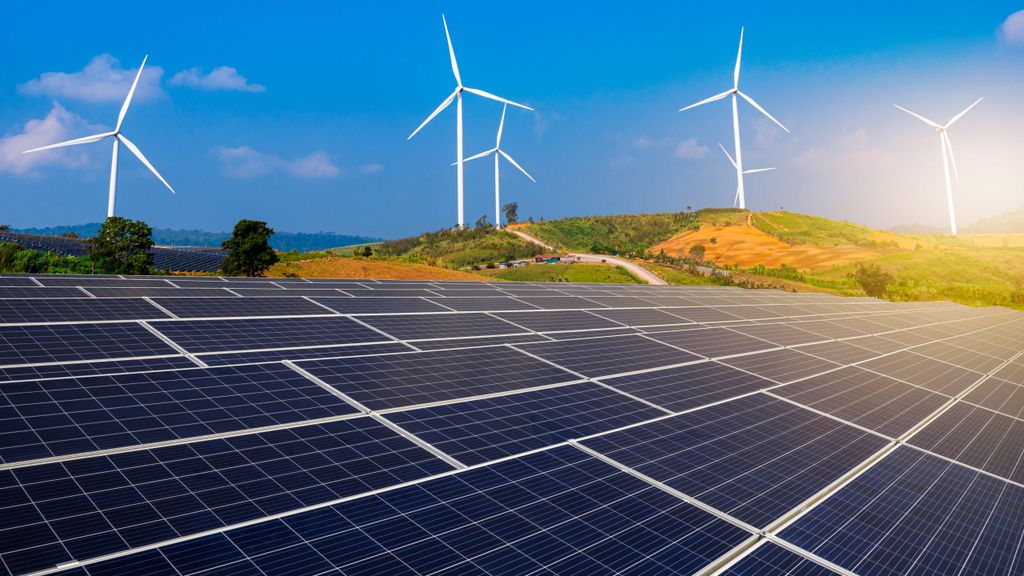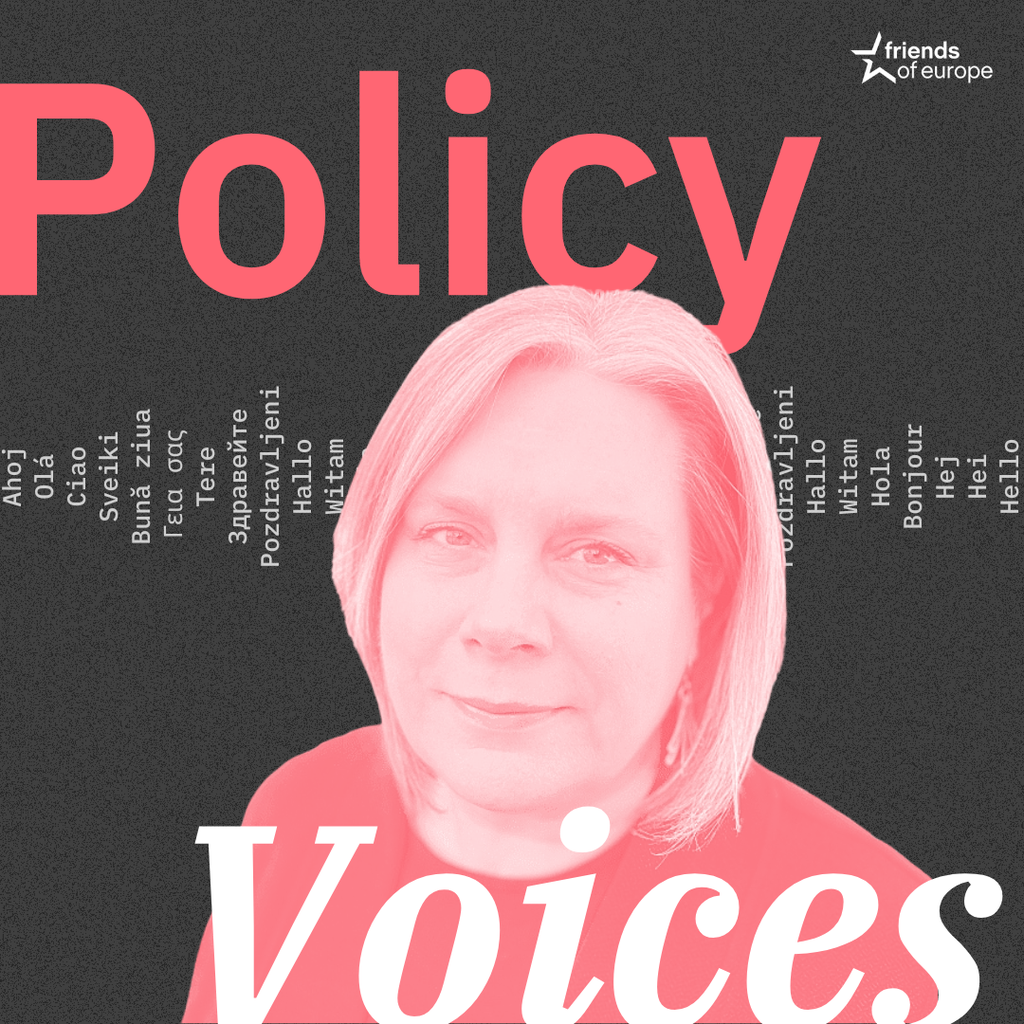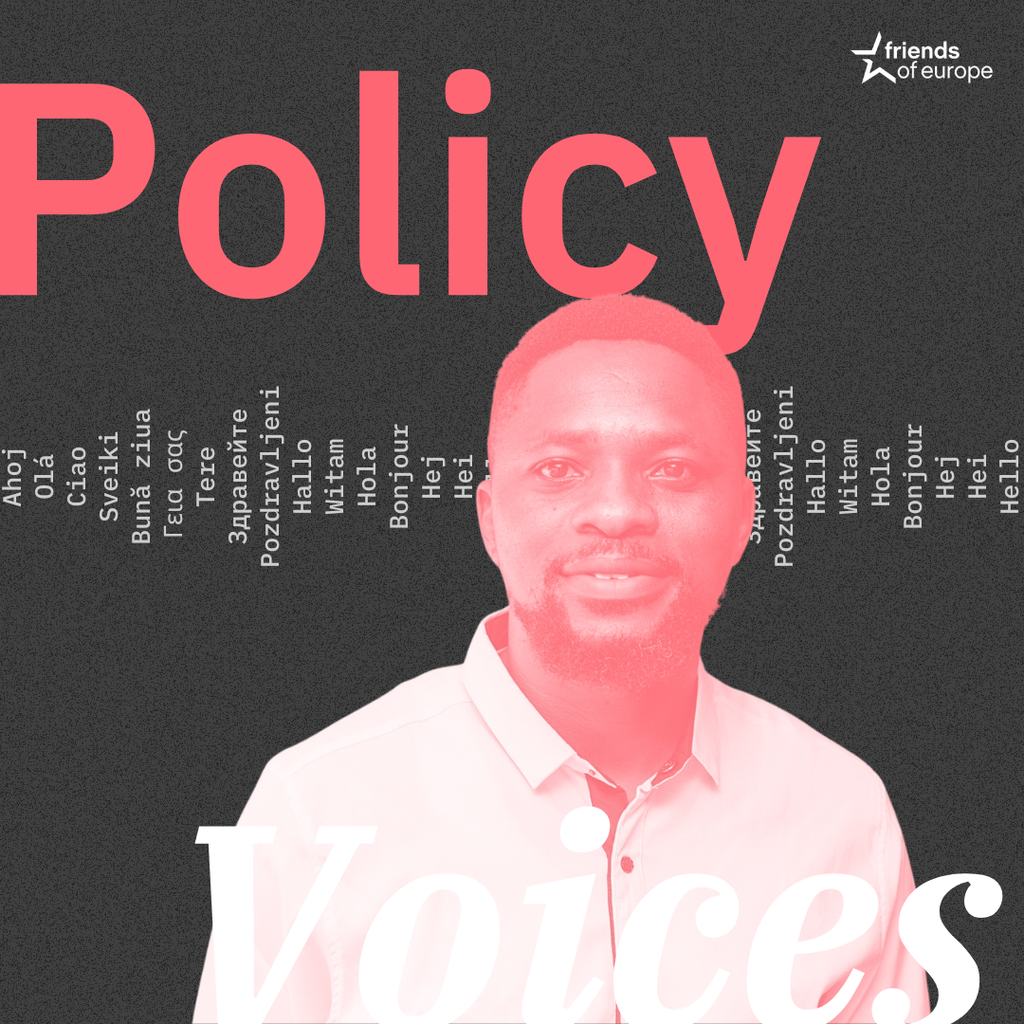Climate and Energy Summit 2025
Next event In person & livestreamed

- Area of Expertise
- Climate, Energy & Natural Resources

Lucy Symons is Director of Public Policy at Open Energi, a dynamic UK tech firm focusing on building a new energy economy
A tumultuous 2016 and uncertainty over the United States’ future role in global climate change action may have cast a shadow over the start of 2017, but there are reasons for optimism too.
Whether reading about the launch of Bill Gates’ $1bn Breakthrough Energy Ventures Fund, China’s plans to plough $430bn into renewable fuel by 2020, Tesla’s Gigafactory moving up to full production or solar power becoming the cheapest form of new electricity, it’s easy to see why US President Barack Obama believes momentum towards a clean energy future is irreversible.
Figures from Bloomberg New Energy Finance (BNEF) show that the world passed an important turning point in 2013, and is already adding more capacity for clean energy each year than for coal and natural gas combined. Peak fossil fuel use for electricity may be reached by 2025.
Our transition to a clean energy future, coupled with rapid advances in technology and innovation, are transforming how electricity systems operate. Grid agility and flexibility are essential as we move from traditional models of centrally dispatched generation – available at the flick of a switch – and incorporate more intermittent renewable generation into the system.
Energy storage is a key part of this transition, helping to integrate wind and solar generation efficiently and provide the instantly-dispatchable power needed to reduce our reliance on fossil fuels and maintain energy security.
Strategies to store energy and manage consumption in a smart way give the businesses and households control over how, when and from where they consume their energy
Most people associate energy storage with batteries, but storage exists in many forms, from pumped hydropower and compressed air to demand-side response (DSR). The latter takes advantage of thermal storage (heating or cooling) in industrial processes or water pumped and stored in reservoirs to provide much-needed flexibility for electricity systems.
For example, on a windy day, when too much energy is being supplied, industrial processes can adjust their consumption patterns to absorb surplus power, whether by switching air conditioning units on, pumping water or heating liquid bitumen. Similarly, when there is not enough power, demand can be delayed temporarily rather than asking a battery to discharge.
This flexible demand is ideally suited to heating and cooling assets that have the characteristics of stored energy devices. The ‘thermal inertia’ in these devices means that the amount of energy they use can be adjusted without immediately affecting their performance. By invisibly switching them on or off for a few minutes at a time, energy demand can be adjusted to meet available supply in real time, creating a distributed storage technology.
To capitalise on the potential of this demand-side flexibility – which can be provided by both battery storage technologies and DSR – it is important that policymakers do not discriminate between energy stored in a fridge or a heated liquid and energy stored in lithium ion cells. A technology-agnostic approach to the energy system, free of subsidies and long-term contracts, will enable technologies to prosper based on their merits, in terms of both the carbon and consumer cost of these offerings.
Either way, consumers should win. For businesses and households, strategies to store energy and manage consumption in a smart way – powered by smart technology platforms – will not only deliver income and savings but – more importantly – give them control over how, when and from where they consume their energy.
We are moving to the point where sustainably-driven energy decisions are no longer uncompetitive or inconvenient, but are boosting productivity and enhancing standards of living
Right now, businesses are leading the way, displaying best practice with regard to sustainability and developing strategies to maximise the value of their total flexibility. Through a combination of battery storage and DSR they are cutting costs during peak price periods, earning revenue, unlocking value from assets with zero flexibility and beginning to trade their capacity in wholesale electricity markets.
Every megawatt of demand-side flexibility they provide to help manage fluctuations in electricity supply and demand is a megawatt that doesn’t have to come from a fossil-fuelled power station. In the UK alone, it is estimated this smart power can deliver consumer savings of up to £8bn ($9.6bn) a year.
This behind-the-meter approach to battery deployment makes the smartest use of existing infrastructure, using established grid connections and land already controlled by the consumer. But grid-scale energy storage is also being deployed at scale and speed.
In 2015 Californian policymakers were faced with a shutdown at the state’s biggest gas storage facility, threatening peak shortages and blackouts. To solve this immediate challenge with an immediately-available solution, policymakers fast-tracked 64.5MW of electricity storage and approved $11.5m for DSR and dynamic pricing. Energy storage projects were constructed in less than four months, compared to a previous average of three-and-a-half years.
In 2016 more than one gigawatt of energy storage prequalified for National Grid’s Enhanced Frequency Response tender in the UK, of which some 210MW was purchased. Globally, BNEF analysis suggests 780MW of energy storage will have been installed in 2016.
Moving to a clean energy future that is more decentralised and more consumer-focused is going to take time. But it’s clear that there is appetite from investors to bring innovation to market. As technology advances continue to drive down costs, we are moving to the point where sustainably-driven energy decisions are no longer uncompetitive or inconvenient, but are boosting productivity and enhancing standards of living. Here’s to 2017.
Next event In person & livestreamed

Past event In person & livestreamed

Past event In person & livestreamed

Past event In person & Livestreamed





Stay informed
We use cookies and similar technologies to adjust your preferences, analyze traffic and measure the effectiveness of our campaigns. Learn more about our privacy policy.